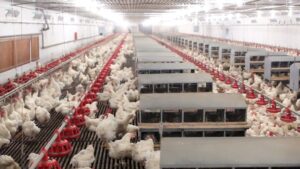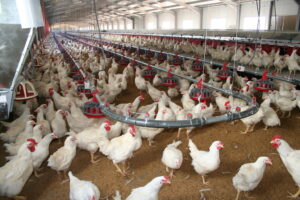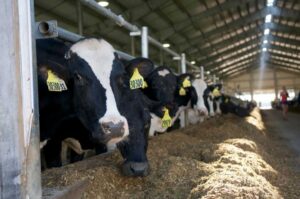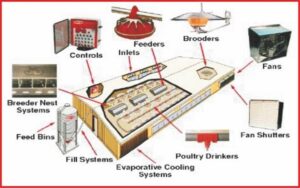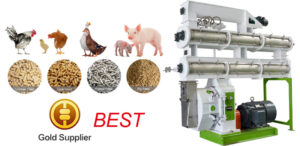The interrelationship between fish and their abiotic (non-living) and biotic (living) environments is fundamental to understanding fish ecology and the functioning of aquatic ecosystems. Here’s an overview of these interrelationships:
Thank you for reading. Don't forget to subscribe & share!
- Abiotic Factors:
a. Water Quality: Parameters such as temperature, pH, dissolved oxygen, salinity, and turbidity directly influence fish physiology, behavior, and distribution. Fish have specific tolerances to these factors, and variations outside their optimal range can affect their health and survival.
- Dissolved Oxygen (DO): Fish require a certain level of DO for respiration. Low DO levels can suffocate fish.
- Temperature: Water temperature affects fish metabolism, growth, and reproduction. Different species have specific temperature ranges they thrive in.
- pH: Water acidity (pH) can impact fish health and gill function. Most fish prefer a slightly acidic to slightly basic range.
- Salinity: Freshwater fish can’t tolerate high salinity levels and vice versa. Some fish species can tolerate a wider range of salinity (euryhaline) than others (stenohaline).
b. Habitat Structure: Features like substrate type, depth, water flow, and vegetation provide shelter, spawning sites, and foraging grounds for fish. Habitat structure influences fish distribution, abundance, and behavior, as different species exhibit preferences for specific habitat types.
c. Nutrient Availability: Nutrients such as nitrogen and phosphorus play essential roles in primary productivity and food availability within aquatic ecosystems. Nutrient levels influence the growth of aquatic plants, algae, and phytoplankton, which form the base of the aquatic food web and directly or indirectly support fish populations.
d. Physical Factors: Factors such as light intensity, water currents, and turbulence affect fish behavior, feeding efficiency, and reproductive success. Light availability influences fish activity patterns, predator-prey interactions, and visual communication among individuals.
- Substrate: The bottom composition (sand, gravel, rocks) can influence fish feeding behavior, spawning grounds, and hiding places.
- Water Flow: Current speed and direction can affect fish migration, feeding success, and energy expenditure.
- Light: Light penetration can influence fish behavior, foraging activity, and predator-prey interactions.
- Biotic Factors:
a. Food Availability: Fish rely on a diverse array of food sources, including aquatic plants, algae, invertebrates, and other fish. The abundance and distribution of prey organisms influence fish feeding behavior, growth rates, and population dynamics.
b. Predation and Competition: Interactions with predators and competitors influence fish behavior, habitat use, and population structure. Predation pressure shapes fish anti-predator strategies, such as camouflage, schooling, and hiding in refuges.
- Predators: Consume smaller fish, invertebrates, or plankton.
- Prey: Eaten by larger fish, birds, mammals, and other aquatic animals.
c. Mutualistic Relationships: Some fish species engage in mutualistic relationships with other organisms, such as cleaning symbiosis with cleaner fish or mutualistic partnerships with algae or bacteria. These relationships provide benefits such as parasite removal, food, or habitat improvement.
d. Parasitism and Disease: Fish are susceptible to various parasites, pathogens, and diseases that can affect their health, growth, and survival. Parasites and pathogens can impact fish populations directly through mortality or indirectly by compromising physiological functions.
The Inter-relationship:
These abiotic and biotic factors are constantly interacting and influencing each other. Here are some examples:
- Water temperature affects the dissolved oxygen content in the water. Warmer water holds less oxygen, which can stress fish populations.
- The abundance of prey species like plankton can influence the growth rate and reproductive success of fish populations.
- Pollution from human activities can degrade water quality, harming fish health and reducing food sources.
- Habitat destruction like deforestation near rivers can increase erosion and sedimentation, impacting fish spawning grounds and food availability.
Understanding this web of interactions is vital for:
- Sustainable fisheries management: Maintaining healthy fish populations for future generations.
- Aquatic ecosystem conservation: Protecting the delicate balance of life in our waterways.
- Aquaculture practices: Creating optimal conditions for fish farming.


